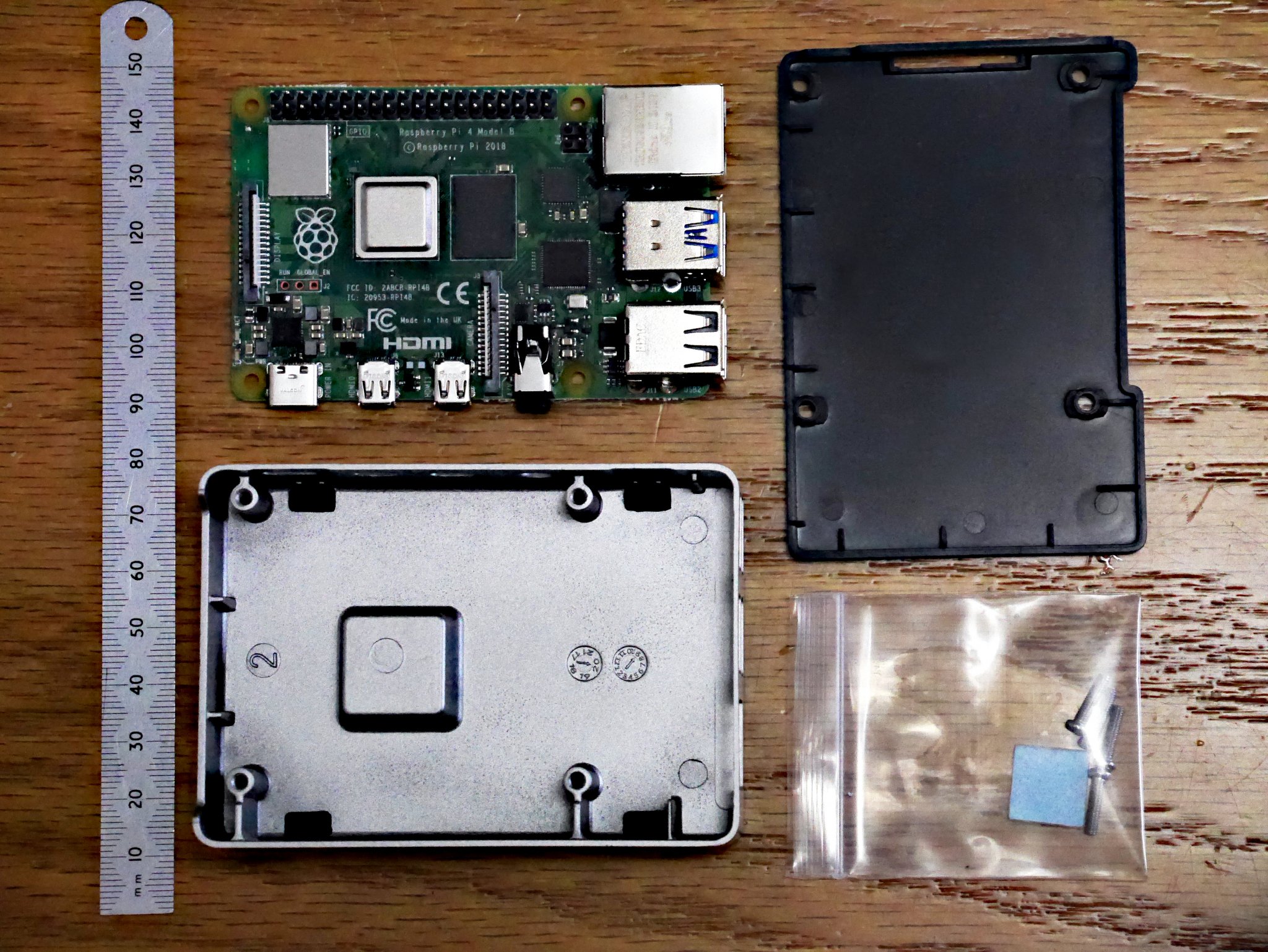

Additionally, for a minimal purchase, I can incrementally add more processing power. With the Flirc Raspberry Pi 4 Case the Raspberry Pi 4 never even gets to within 20° C of its throttling temperature.I've been using 4GB Raspberry Pis for Rosetta, and they are quite energy efficient when compared to my other hardware.

The Raspberry Pi 4 will begin the throttle itself at 80.0° C and you can see that the Raspberry Pi 4 by itself hits that mark at about 10 minutes into the test. You can see from the numbers above that the Flirc Raspberry Pi 4 Case does a pretty good job of keeping the Raspberry Pi 4 cool under a steady load. enough of that though and let’s see how well the Flirc Case for the Raspberry Pi 4 performs. I could deal with an ugly case that cooled the Raspberry Pi if it were my only option but thankfully I do not have to because of the stunning google looks of the Flirc Case. Looks aside it all really comes down to how well the Flirc Case for the Raspberry Pi 4 is able to deal with the heat generated by the Raspberry Pi 4. Putting the Flirc Raspberry Pi 4 Case Through its Paces With everything in place, four screws sandwich the Raspberry Pi 4 in between the two pieces of the Flirc Raspberry Pi 4 Case. The bonding of the CPU with the Flirc Case turns the metal of the Flirc Case into a bid heatsink which creates a lot of surface area to be cooled by the air surrounding it. The Flirc Raspberry Pi 4 Case comes with a thermal adhesive pad that sits in between the CPU on the Raspberry Pi 4 and the protrusion on the underside of the Flirc Case body that makes contact with the CPU. Getting the Raspberry Pi 4 into a Flirc case is pretty straight forward. If it were heavier it would have another advantage over most other Raspberry Pi cases in that it would be harder for cables to push it around. I do wish that the Flirc Case for the Raspberry Pi 4 was a bit heavier and actually that is not specific to this Flirc Case but all of them. This really is the secret sauce for Flirc as this design has been proven time and time again to work great at passively cooling a Raspberry Pi. The Flirc Raspberry Pi 4 Case is designed in a way that makes the entire metal body of the Flirc Case a big heatsink for the Raspberry Pi 4. One thing that Flirc did not improve upon however is the lack of access to the GPIO, Camera, and Display ports which since using the Argon One Case for my Raspberry Pi 3 I am indifferent about. With the Raspberry Pi 4 revision of the Flirc Case, not much has changed it is still the same look that I like just with slightly different port openings. I would like to see a black on black option that does not have the Kodi logo plastered all over it but that might just be me.


I find the silver metal body against the matte black plastic to be a look that is clean and elegant. I have always been a fan of the design of the Flirc Case across all revisions of it with the only exception being the Kodi versions as I find them just too flashy for me.


 0 kommentar(er)
0 kommentar(er)
